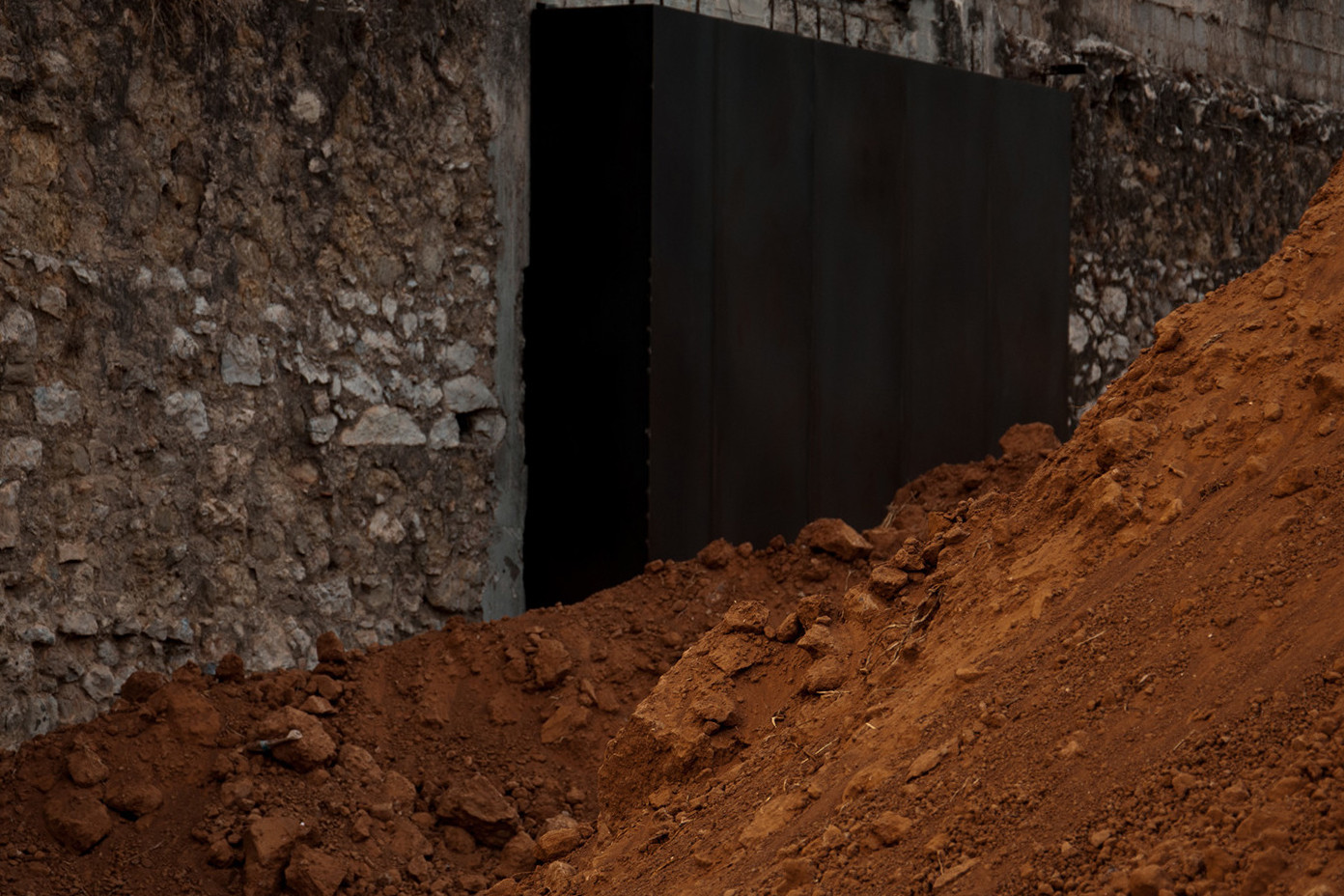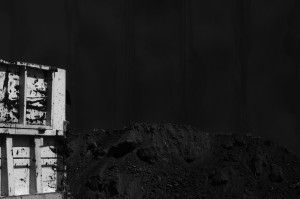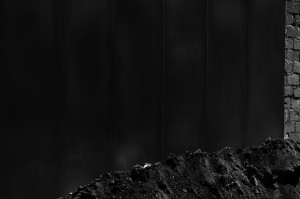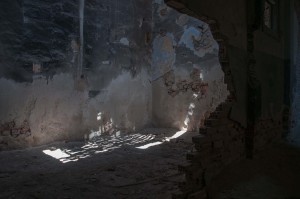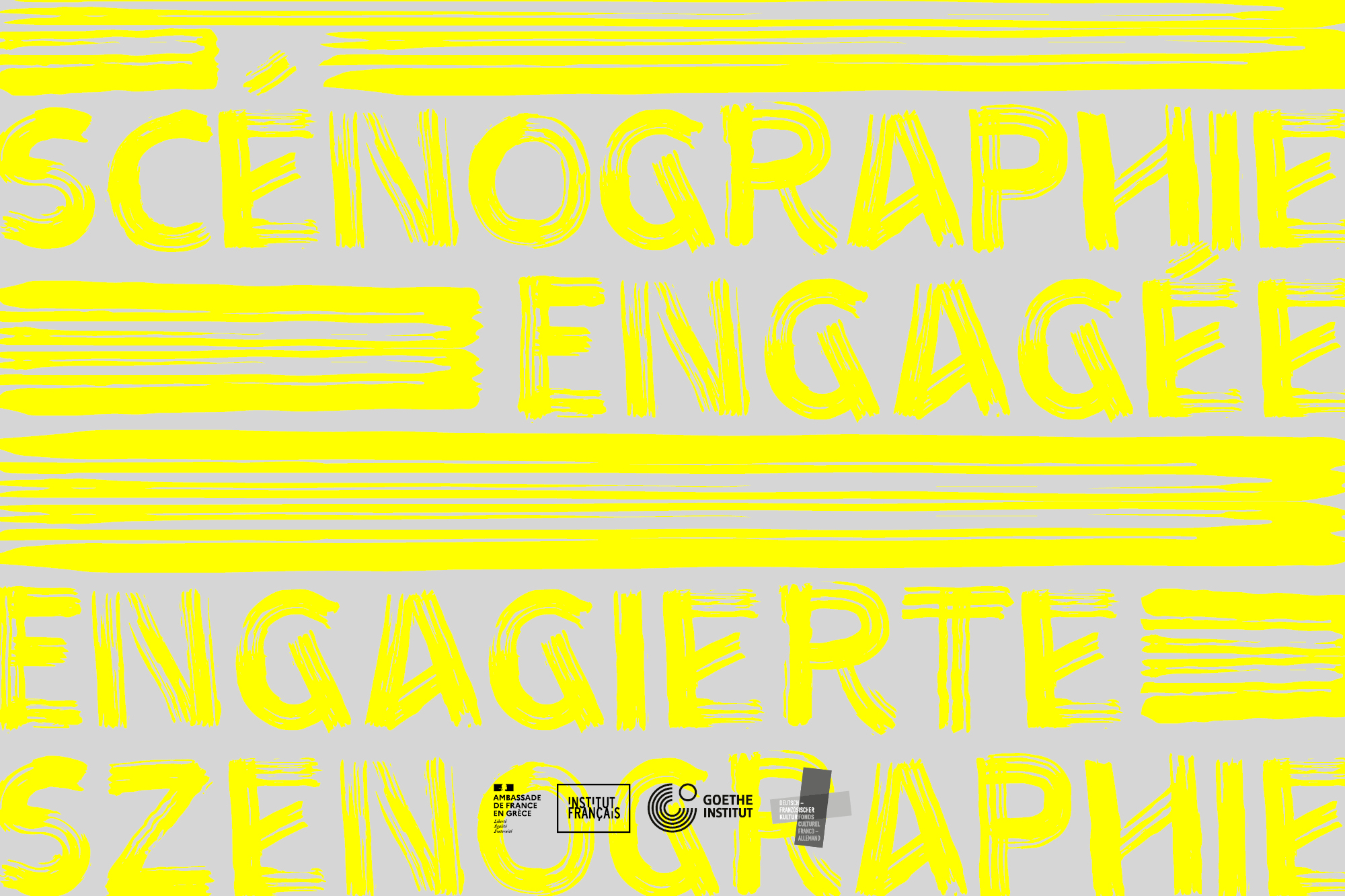Artist
Eleni Panouklia
Title
Its luminous saying must be left a conjecture
Curator
Kalliopi Minioudaki, PhD
Date
2016
Sound Design
CotiK.
Light Design
Katerina Maragoudaki
Photography
Vassilis Xenias
Production Organizer and Design Consultant
Georgia Voudouri
Venue
Palaio Elaiourgeio, Eleusis, Aisxylia
Opening
Saturday, September 3
Duration
September 4 – November 15
Support
Polyeco Contemporary Art Initiative
PCAI is pleased to announce the opening of Eleni Panouklia’s large-scale, site-specific installation Ό,τι φωτεινό έχει να πει, θα πρέπει να μείνει εικασία (Its luminous saying must be left a conjecture) at Palaio Elaiourgeio, Eleusis, commissioned by Aisxylia 2016.
Meant to be experienced at night, Its luminous saying must be left a conjecture is a mixed-media intervention that occupies select spaces of the complex of abandoned manufacturing units known today as Palaio Elaiourgeio (Old Oil Mill) of Eleusis, converting industrial ruins into an evocative earthy soundscape of dark paths and inaccessible sanctuaries. Beginning and ending in the backyard of the derelict factory, it consists of two cyclically communicating outdoor and indoor environments that entail separate explorations—both collective and private. The work immerses the viewer in a contrapuntally structured experience of darkness by transforming the backyard of Palaio Elaiourgeio into a disorderly, pulsating landscape of powerful sonorous enclosure and combining that with a lonely ritual itinerary through the silent passageway of a long building, where an interactive event awaits each viewer. Together, the two environments seek to affectively advance both timely critical and timeless existential realizations through distinctbodily and reflective enlightenments, or, better yet, “un-concealments” of the wholeness of being in darkness.
Its luminous saying must be left a conjecture is dialectically shaped in response to the ruinous morphology of Palaio Elaiourgeio and the polysemy of Eleusis. As a rather hopeful artistic contemplation on the hidden harmony of the world, it also responds to the nightmarish darkness and disorder that underpin life in Greece since the recent crisis, along with the sociopolitical, environmental, cultural, and personal symptoms of Western civilization’s decadence during the current state of global capitalism and the hypertrophy of spectacle. As such it expands Panouklia’s interdisciplinary artistic preoccupations, putting them firmly under the light of Heraclitus’ understanding of the unity of opposites and his dialectic approach to the hidden truths of cosmic logos.
With a title whose enigmatic character fittingly hints at the mysticism of the celebrations of life and death in the Eleusinian Mysteries, Its luminous saying must be left a conjecture orchestrates the awakening of multisensory explorations—of the visible, the invisible, and the unhoped for—for the man of contemporary society. If it has anything luminous to say, as implied by the title’s own Heraclitean ambiguity and the optimistic openness of Panouklia, it is up to the viewer to gather it out of the darkness of the historic moment and Western thought, including that of this work. By addressing, however, the visitors, both individually and collectively, as embodied, thinking, and inevitably political parts of a tragically oppositional yet wise whole, Panouklia prompts a demystifying initiation to the unity of being as the “enlightening” means for man’s self-knowing rise out of the individualistic and materialistic impasses of our culture that raises the timely issue of the inextricability of personal and collective responsibility for the fate of humanity, democracy, and our planet.
